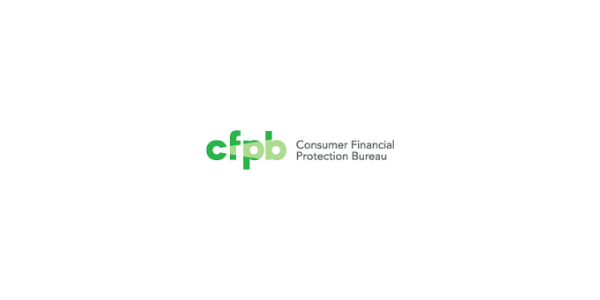Advertisement
LenderLive and Informative Research collaborate on credit
The commercial cornerJerry Feinstein prepayment penalty, commercial loan, prepayment terms
The Mortgage Press is pleased to present "The Commercial
Corner," a monthly column by Jerry Feinstein of Silver Hill
Financial LLC dedicated to answering your questions about the
commercial mortgage marketplace. If you have a question that you
would like answered in a future installment of "The Commercial
Corner," e-mail [email protected].
It seems that most commercial loans have some type of
prepayment penalty. Is this true?
Yes, penalties are installed due to the nature of the commercial
mortgage-backed securities market and commercial funding sources.
The vast majority of commercial mortgages have a mechanism to
compensate the lender/investor for an early prepayment.
Why are prepayment penalties uncommon on conforming
residential mortgages but common on commercial
mortgages?
Several factors drive this trend, but the primary one is economics.
In the conforming residential world, there isn't enough value for
both the borrower and investor to create a prepayment penalty
structure that works.
Can you explain some of the terms used for prepayment
penalties on commercial loans?
The three most common terms are "yield maintenance," "defeasance,"
and a "straight line" or "declining percentage." Keep in mind that
there may be variations between lenders, but the basics are as
follows when the borrower prepays:
*Yield maintenance: The lender collects a lump
sum from the borrower based on a formula that considers the present
value of the difference between the prepaid loan's interest rate
and current rates with a similar maturity date.
*Defeasance: The borrower is required to purchase
and deposit with the lender substitute collateral, such as a
Treasury security that matches the principal and interest payments
of the prepaid loan and thereby sufficiently services the debt of
the prepaid loan.
*Straight line or declining percentage: The
borrower pays a lump sum based on a percentage of the outstanding
principal balance at the time of prepayment. The percentage may be
the same for a period of time, such as five percent for five years,
or it may decline, such as five percent for year one, four percent
for year two, three percent for year three, etc.
How big of an impact do the different prepayment methods
have on the borrower?
The impact can be significant. This is why it is important to
understand the prepayment terms associated with various commercial
loan offerings, and just as important, the potential monetary
impact these prepayment penalties could have on your borrowers.
Jerry Feinstein is director of business development for
Silver Hill Financial LLC. He may be reached by phone at (877)
676-1562 or e-mail [email protected].
About the author





